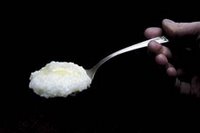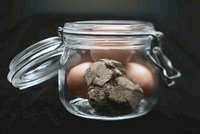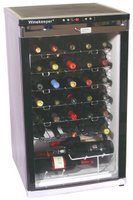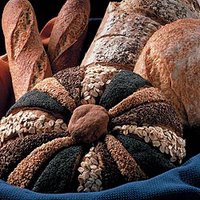Storing Bread - Squeeze Air or Not?
 I've been storing my bread in the refrigerator for a while, I guess that stems from the summer time when it is really warm and it seems mold grows a lot faster. I've bought sprouted breads and so forth which instruct the consumer to store the product in the fridge.
I've been storing my bread in the refrigerator for a while, I guess that stems from the summer time when it is really warm and it seems mold grows a lot faster. I've bought sprouted breads and so forth which instruct the consumer to store the product in the fridge.In the Charlotte Observer, Kathleen Purvis answers a question from a reader regarding the storage of bread. Her main question is about air in the bag. The reader insists that air be left in the bread bag, while her husband always squeezes it all out. Purvis answers that you indeed want to get as much air out of the bag as possible when storing bread. (which I've always done)
The part that I learned from though, was the bread kept in the fridge generally goes stale faster than bread at room temperature. So here all along I was thinking that I was prolonging the life of my bread by keeping it cool, I was actually making it stale quicker. Hmmm.
Here's another quick page from a bread company about bread storage I found while looking at this topic.














